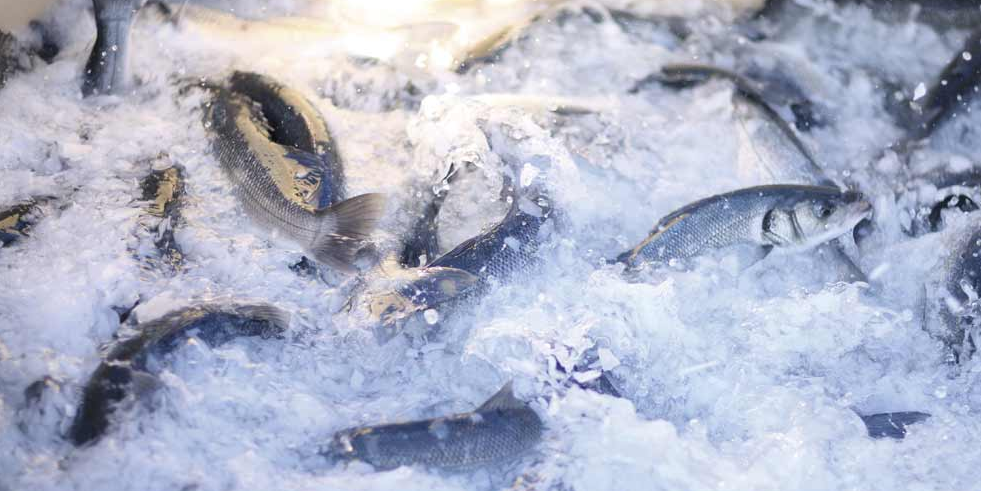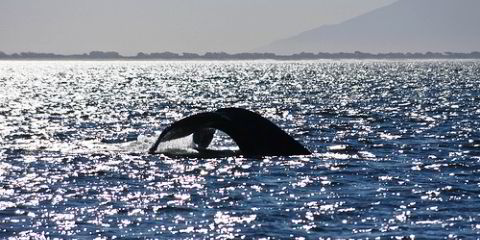Denver-based Seattle Fish Company is starting off the new year with a fresh take on sourcing while focusing on merging operations.

The company expanded into a new processing and distribution center at the end of 2015 in Kansas City, Missouri, to respond to increasing market demand.
"It's a functioning facility and we can share resources to better partner with our customers," he told IntraFish.
One of the transitions last year was Hamish Walker replacing Harry Mahleres, who retired from his role as director of purchasing after 25 years.
With Walker, the company is "re-looking at how we source seafood, everything from sustainability to carbon footprint to direct relationships."
"We launched a new restaurant pilot program with the Marine Stewardship Council (MSC) at the tail end of 2016. Director of Sales Amanda Duran worked with the MSC and signed up five independent Colorado restaurants who are now certified to serve MSC-certified seafood," said Figueroa.
"We've bought and sold MSC-certified products for years, but this program specifically is targeted to increase restaurant adoption of MSC certification. Without a doubt there's increasing interest in sustainability and responsible sourcing. We hope to spur additional interest in MSC certification from this effort."
Walker wasn't the only new addition. Seattle Fish also added two new directors: Ann Levine as director of human capital management, and Pete McClure as director of finance.
"Last year was about strategic growth and one factor that was significant for us was our focus on people," said Figueroa.
"We put resources into growing out our people and augmented our senior leadership team. We also grew our internal management team -- people responsible for tactical execution within the company. We intentionally put resources into our employees -- employee engagement, provide strategic transparency, open system management, share what and how we're doing things."
The company has a "targeted strategy to engage our customers" in 2017 after surveying its clients "to see what they need from our partnership. The plan will provide resources for them to better engage with their customers' seafood needs, thought leader development, provide tools and education for them to be successful," he told IntraFish.
Looking forward, Figueroa predicted four factors for 2017 trends:
- Health of seafood. "Consumers [are] really embracing the healthy factors that seafood brings, including heart health, diet, brain activity, lean healthy protein. We feel our customers in our community have increasingly embraced that and seek it out."
- Provenance. "Origin, supply chain transparency, story telling of fishes and farmers. People want to know where their food is coming from and really connect to the people producing that food. I think seafood has a really great story to tell."
- Variety and exposure. "People are branching out beyond the top species - seafood offers so much variety. There's new excitement in species that you've heard about but haven't tried as well as underutilized species and local species."
- Sustainabilty. "This is going beyond just really making sure that the food we eat is responsibly sourced, people want to understand that they're making good choices with respect to our environment and the impact our food has on it."
Seattle Fish is seeing indications of consumers vying for more variety. Last year the company partnered with Greek aquaculture supplier Andromeda to trial supplies of meagre and European seabass, also called branzino, on the US market.
"They were a great partners in the holiday season and we saw great sales. Customers have a great response to it," he told IntraFish.
Other goals for 2017 for Seattle Fish are "operational excellence: putting effort and resource on how we deliver on our brand promise to customers. Also, sustainability, which includes sustained effort under Walker's leadership to include better internal assessment tools, transparency surrounding our sourcing, education to our customers, a new partnership with the Denver Zoo, and involvement and participation in Sea Pact."
Sea Pact elected Walker as its new advisory council chairman earlier this month.
Last fall, Seattle Fish stopped purchasing Hawaiian seafood following alleged labor law abuses in the Hawaiian fishing industry brought forth by a recent Associated Press report pending reassurance from suppliers that their supply chain is free of labor abuse.
It was mostly sourcing tuna. The company has since resumed purchasing fish Hawaii after working with John Koneko of the Hawaiian Seafood Council "to review the steps they were taking to address the situation with the crew conditions."
Looking back at 2016, the company also grew sales "at a rapid pace through customer engagement, through expanded geography (Park City, Utah; New Mexico; some limited drops into Wyoming)."
"We also grew out our new line of specialty and gourmet items, which originated from the desire to connect quality and local producers with the Seattle Fish network of chefs and retailers. This growing line of products include cheese, honey, local arm raised trout, Colorado grown mushrooms, charcuterie, specialty meats, and pastas," Figueroa told IntraFish.
---
For more seafood news and updates, follow us on Facebook and Twitter or sign up for our daily newsletter.



